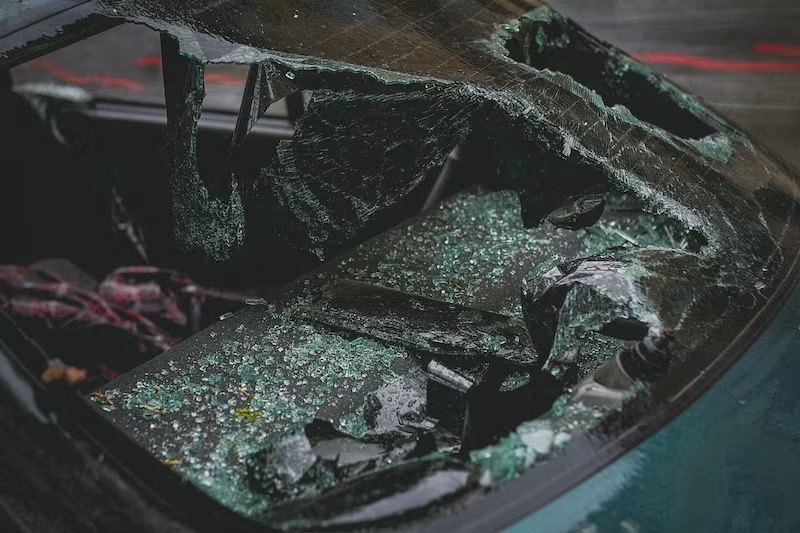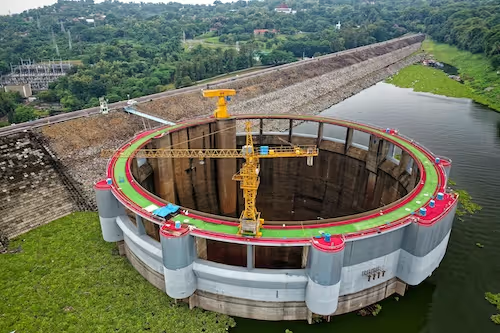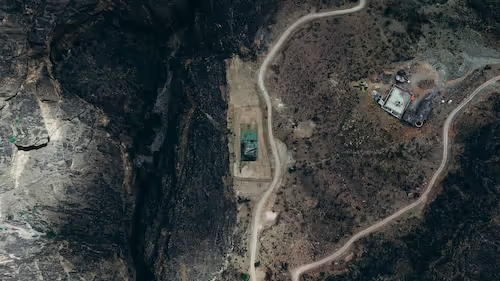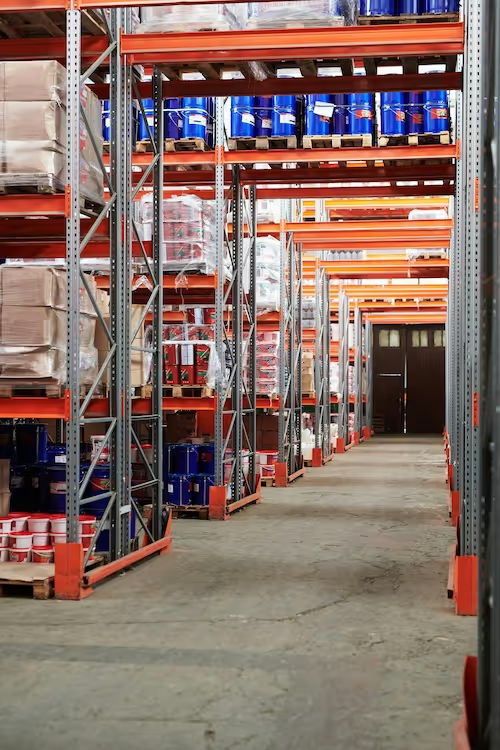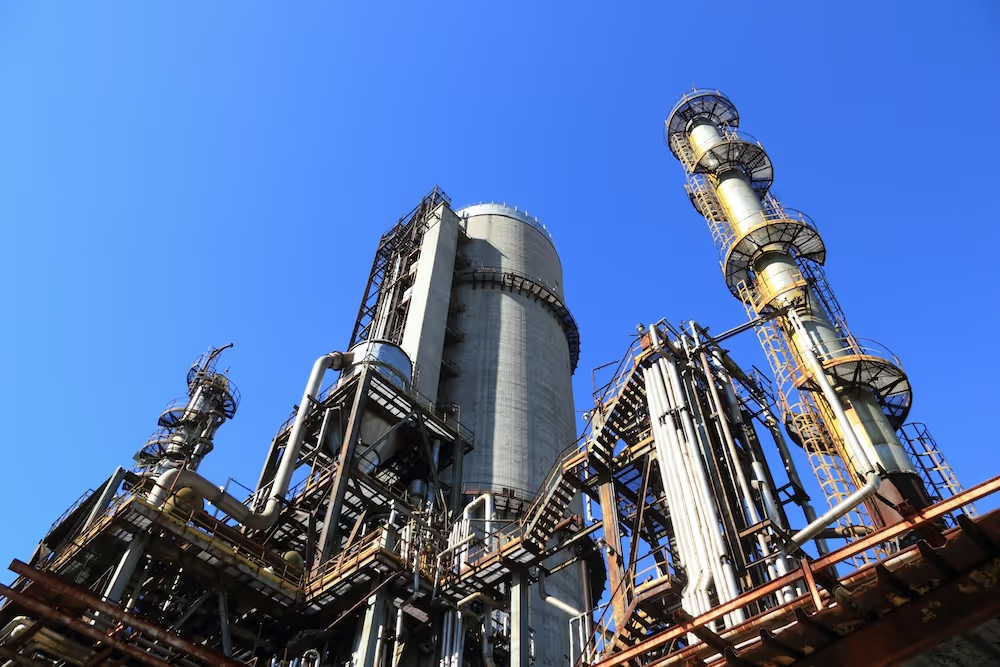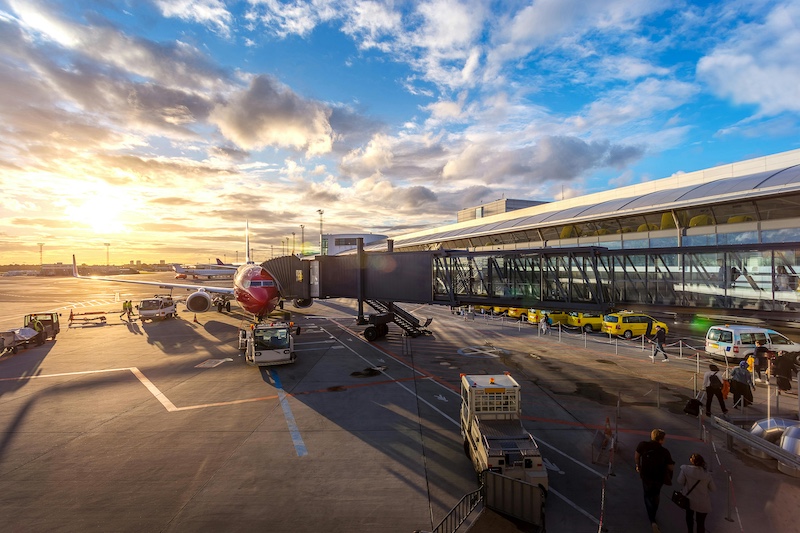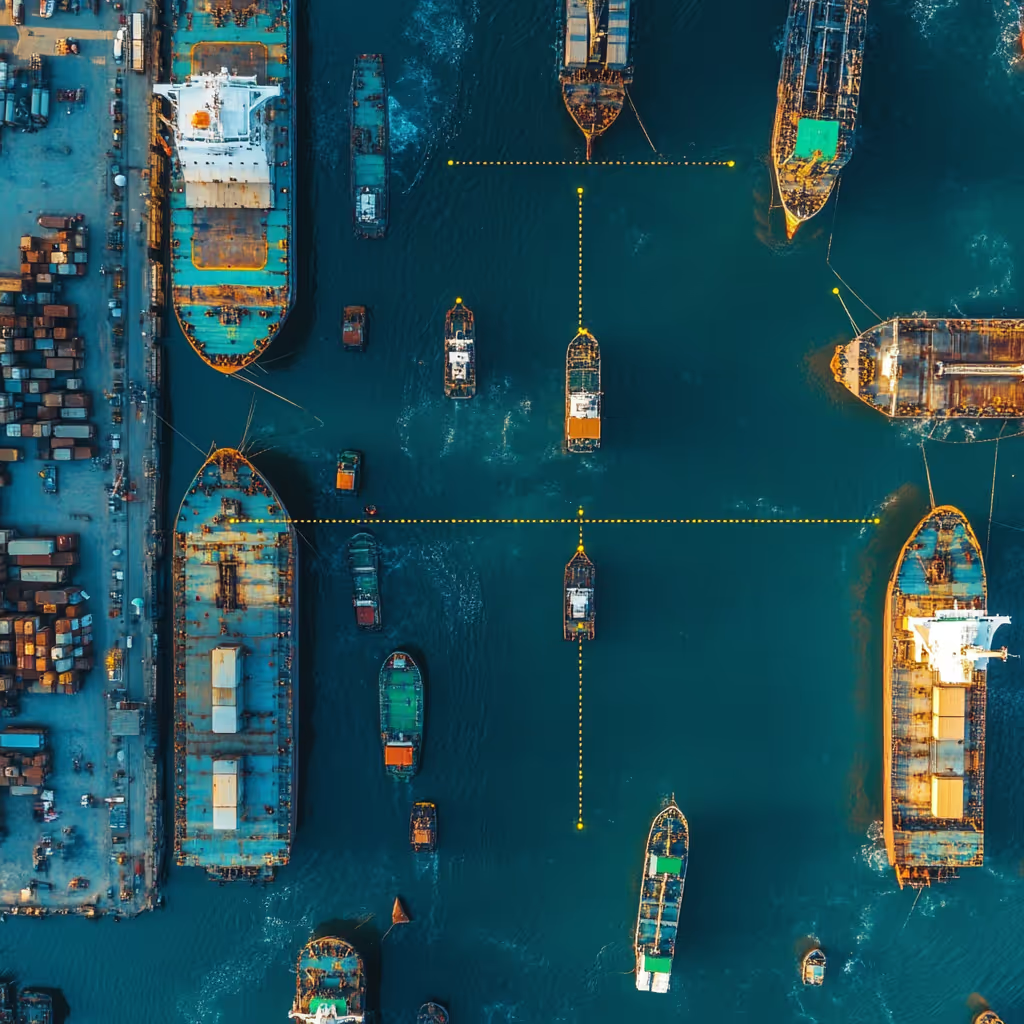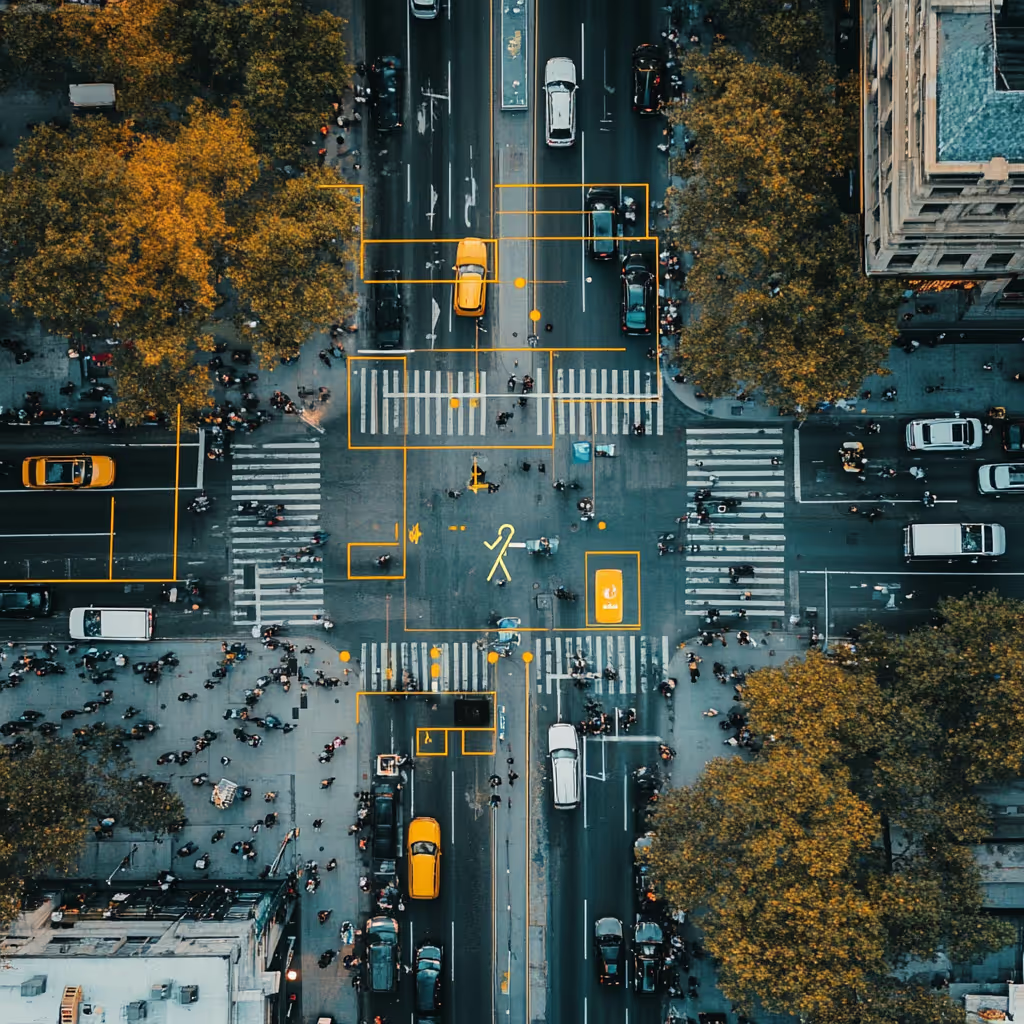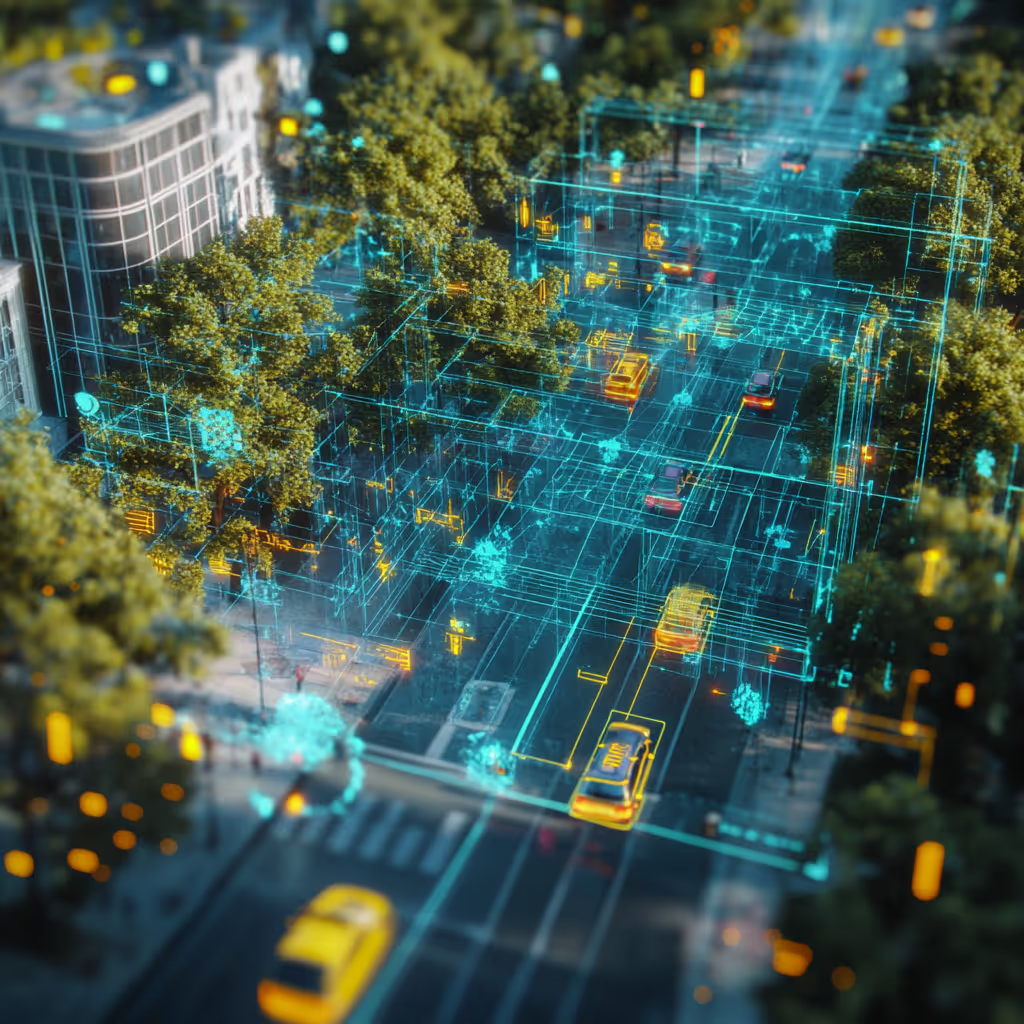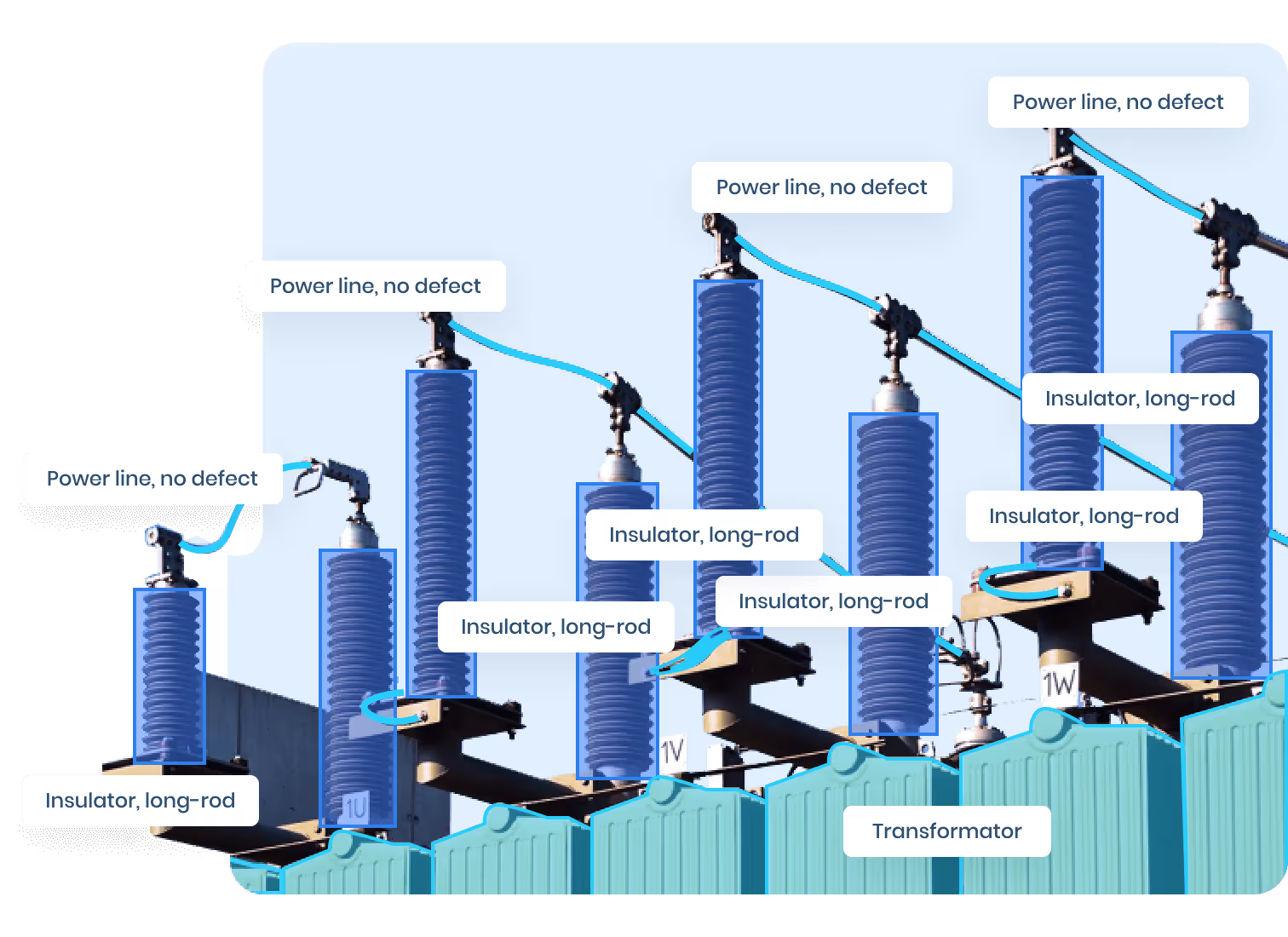The Insurance Industry’s Shift Toward Automation
Insurers today are under pressure to reduce claim turnaround time, eliminate fraud, and increase customer satisfaction—all while cutting operational costs. Automated insurance claims, powered by AI and computer vision, are emerging as a practical response to these challenges.
When a customer uploads photos of their damaged vehicle after an accident, advanced algorithms can now:
- Analyze the visual content
- Identify the damaged parts
- Estimate the type and extent of damage
- Cross-reference historical data to estimate repair costs
All of this happens in real-time—provided the underlying data used to train these models is accurate. That’s where vehicle accident Image Annotation plays a pivotal role.
🧠 Think of annotation as the bridge between raw images and AI understanding.
Why Annotated Accident Images Are the Backbone of AI in Claims
For AI models to detect and assess vehicle damage effectively, they must be trained on thousands (if not millions) of annotated images. These annotations help models “learn” what damaged bumpers, shattered headlights, dented fenders, and deformed frames look like.
But it's not just about damage detection. Annotated images can also capture contextual details such as:
- Vehicle type and make
- Environmental conditions (e.g., road surface, weather)
- Collision type (rear-end, side-impact, etc.)
- Visible license plates (for redaction or matching)
- Signs of tampering or fraud
By training on such labeled data, AI can move from simply recognizing damage to making probabilistic inferences about accident scenarios.
Real-World Outcomes of Proper Annotation
- 🔄 Faster claims processing: From days or weeks to under 10 minutes
- 🤖 Automated triage: Route complex claims to human adjusters, approve simple ones instantly
- 🧾 Accurate repair estimates: Based on historical damage and parts databases
- ❌ Fraud reduction: AI can detect image manipulation or reuse
The Economics Behind Automation
Let’s break down the financial upside of using annotated images for claims automation.
By automating damage assessment and document processing, AI can reduce the average claim lifecycle from 22 days to less than 1 day.
🎯 Impact: Dramatically improves customer satisfaction, speeds up service, and enhances policyholder retention.
AI systems can handle tasks traditionally managed by human adjusters, such as image review and report generation.
🎯 Impact: Estimated savings of over $1.3 billion annually for large insurers, driven by automation and workforce efficiency.
Advanced AI models can detect inconsistencies in images or metadata, flag duplicate claims, and recognize staged incidents.
🎯 Impact: Millions saved through early detection and rejection of fraudulent claims.
Faster, automated settlements build trust and loyalty, while reinforcing the insurer’s reputation for innovation.
🎯 Impact: Stronger brand image, improved market differentiation, and higher net promoter scores (NPS).
According to a McKinsey report on the future of insurance, automated image-based claims could handle up to 80% of auto claims in the next 5 years, especially for low-severity accidents.
🔍 Key Visual Elements AI Needs from Annotated Images
AI doesn’t interpret images the way humans do. It needs clearly labeled elements to extract meaningful features. Here are some of the most important features AI learns from annotated vehicle accident datasets:
- Damage Zones: Left/right/front/rear damage localization
- Severity Scores: Based on dent depth, deformation, paint loss, etc.
- Parts Identification: Hood, door, bumper, windshield, tires, etc.
- Deployed Airbags: For impact force estimation
- Scene Context: Traffic signs, road conditions, other vehicles involved
- Lighting Conditions: Daylight, night, glare that can affect image quality
- Multiple Angles: Different perspectives increase classification accuracy
These components must be meticulously annotated across large datasets to enable robust model training.
How Insurance AI Systems Use Annotated Data in the Workflow
Once a policyholder submits accident images via a mobile app or claims portal, here’s how the backend AI system typically uses annotated data:
1. Preprocessing
The system first enhances or filters the image for clarity and applies pre-trained models to identify the scene.
2. Damage Localization
Bounding boxes or segmentations are applied to detect which vehicle parts are affected.
3. Damage Classification
Severity and type of damage are estimated using reference datasets and historical repair data.
4. Estimate Generation
Integrations with repair shops and parts inventories allow AI to generate cost estimates.
5. Decision Tree
- Low-cost claim? Auto-approve.
- Severe damage? Flag for manual review.
- Suspected fraud? Escalate to special investigations.
6. Payout or Next Steps
Once a decision is made, either a direct payout is issued or further documents are requested.
This flow relies entirely on well-labeled training data. Poor annotation = inaccurate predictions.
🧠 What Makes Annotating Accident Images So Challenging?
While annotating general objects like furniture or animals is already labor-intensive, vehicle accident image annotation introduces unique and high-stakes complexity. Here's why it's one of the most difficult annotation domains:
1. Damage Can Be Subtle or Ambiguous
Unlike easily defined objects, vehicle damage often blends into the background or mimics environmental artifacts like reflections, dirt, or shadows. For example:
- A shallow dent may appear as a lighting artifact
- Scratches might be confused with water streaks
- A minor misalignment could go unnoticed unless viewed from a precise angle
This ambiguity makes consistent labeling across annotators a constant challenge.
2. Lighting and Environmental Variations
Photos come in under vastly different lighting conditions—night, dawn, bright sunlight, overcast, rainy. Annotators must recognize damage despite glares, underexposure, or reflections, which is non-trivial without enhancement filters or guidance.
3. Part Complexity and Model Variability
Modern cars feature highly varied designs and parts:
- Thousands of vehicle models
- Custom parts and aftermarket modifications
- Curved, composite, or multi-material panels
Each make/model has different visual geometries, which means annotators must be trained to differentiate between structural components across brands, regions, and generations.
4. Defining Severity Is Subjective
There's no universal visual definition of “minor,” “moderate,” or “severe” damage. Annotators need clear, scenario-specific guidelines to consistently rate damage. Even then, interpretation may vary, leading to noise in training data unless heavily quality-controlled.
5. Multiple Vehicles and Complex Scenes
Multi-car collisions introduce complex visuals:
- Overlapping damage zones
- Secondary impacts
- Debris, fluids, and dislocated parts
- Background vehicles and bystanders
Accurately attributing damage to the right vehicle and drawing correct boundaries is much harder than it seems—especially in low-resolution or poorly framed photos.
6. Legal and Privacy Concerns
Annotators must redact or handle carefully:
- Faces or reflections in glass
- Children or passengers captured inadvertently
- License plates and VIN numbers
Failing to redact this information can result in GDPR or CCPA violations, especially in sensitive geographies.
7. High QA Demands
To ensure insurance-grade data, annotations are often reviewed by multiple tiers:
- Tier 1: General annotators
- Tier 2: Trained supervisors
- Tier 3: Domain experts (e.g., auto body specialists)
This leads to longer timelines, more expense, and increased operational complexity.
📸 Building High-Quality Vehicle Accident Datasets
To train accurate models, companies need access to large, diverse, and representative accident image datasets. These datasets must:
- Cover different vehicle types (cars, SUVs, trucks, motorcycles)
- Include diverse scenarios (urban, highway, off-road, weather conditions)
- Represent all damage types (crumple, dent, shattered glass, misalignment)
- Be annotated using consistent guidelines
Some firms partner with body shops or insurers to obtain real-world data. Others simulate accidents or use synthetic data augmentation to increase diversity and volume.
Startups like Tractable and Click-Ins are building such datasets for commercial use, showing the growing demand for annotated automotive damage data.
🔐 Data Privacy and Compliance Considerations
Working with accident imagery introduces ethical and legal risks, especially in regions covered by GDPR or CCPA.
Risks Include:
- License plate visibility
- Driver or passenger faces in mirrors or reflections
- Timestamped metadata that could expose personal movement
Mitigation Tactics:
- Use automated redaction tools to blur sensitive regions
- Store images in secure, encrypted environments
- Ensure proper consent flows during image capture
Companies must prioritize privacy-by-design approaches when building or purchasing annotated datasets for insurance use cases.
🚀 Real-World Applications: Who’s Using This Now?
Image Annotation in auto insurance isn't just a concept—it’s already transforming global operations across industries. Here's an expanded look at real-world implementations:
Insurance Providers: Streamlining Claims at Scale
- GEICO, Allianz, AXA, and State Farm are integrating annotated datasets with AI tools to automate claims for low-impact accidents.
- Apps now guide users to take photos from multiple angles, automatically triggering visual inspection pipelines.
- Some insurers are rolling out end-to-end AI-based settlements that process a claim from submission to payment without human involvement for claims below a threshold.
Insurtech Startups: Building Automation APIs
- Companies like Tractable and Bdeo offer APIs that let insurers plug in damage detection, severity assessment, and repair suggestions into their claim systems.
- These solutions are powered by massive proprietary datasets of annotated crash images, paired with machine learning and rule-based decision trees.
Automotive OEMs and Dealerships: Automated Inspections
- Car manufacturers like BMW and Toyota are exploring AI-assisted post-crash analysis tools at their service centers.
- Annotated datasets help streamline warranty assessments, detect potential design flaws, and reduce disputes over responsibility.
Car Rentals and Fleet Managers: Pre/Post Damage Logs
- Hertz, Enterprise, and Getaround use AI tools trained on annotated datasets to scan for damage before and after vehicle use.
- These tools help prevent false claims, resolve customer disputes, and reduce administrative overhead.
Auto Body Shops: Quoting and Repair Planning
- Some repair centers are using tools like CCC Intelligent Solutions that leverage annotated images to generate repair estimates and timelines instantly, reducing friction with insurers.
Legal and Investigative Use Cases
- Law firms and fraud investigators use annotated damage images to reconstruct events, assess credibility, or challenge denied claims with algorithmic reports supporting the case.
Government and Regulation
- Public transport agencies and accident reconstruction teams are starting to explore AI-trained systems for audit trails and policy evaluation based on city-wide collision reports.
📈 Future Outlook: What’s Next for Image Annotation in Auto Claims?
The evolution of vehicle accident image annotation is far from over. As both artificial intelligence and edge computing accelerate, the insurance sector is poised to unlock even more sophisticated capabilities that go beyond simple damage detection. Here's what the future holds:
Real-Time Assessment at the Scene
Expect to see real-time annotation powered by mobile devices. Smartphone apps or dashcams may soon perform on-device analysis of accident scenes, highlighting damaged parts with AR overlays before the user even uploads the photo. This would drastically reduce processing times and enable immediate claims triage.
3D Damage Reconstruction
Multiple annotated images taken from various angles can be used to create 3D models of the damaged vehicle. This allows AI systems to evaluate structural deformation more accurately than from 2D images alone. Emerging tools will generate spatially-aware, high-fidelity reconstructions of collisions.
Multimodal Claims Intelligence
Annotated images will be used alongside telemetry, IoT sensor data, and black box recordings to create a full picture of the incident. This multimodal approach enables AI to make not only better damage assessments but also infer accident causality—who hit who, how fast, and what happened first.
Generative AI for Predictive Repair Scenarios
Generative models (like diffusion or GANs) trained on annotated datasets may be used to simulate repairs, offering side-by-side before/after visuals to guide customers and mechanics. This could redefine how insurers negotiate payouts or offer alternative repair suggestions.
Integration with Autonomous Vehicle Ecosystems
As autonomous cars become more widespread, annotated damage data will be essential for training self-diagnosing systems. These systems could auto-detect and report collision damage, speeding up insurance communication without driver involvement.
Enhanced Regulatory Auditing & Compliance
Future annotation frameworks will likely need to align with AI regulation standards. This includes traceable annotation pipelines, audit logs, and transparent training datasets that can be explained to both regulators and customers.
🌐 Companies that prepare now by investing in robust, flexible annotation pipelines will lead in reliability, compliance, and customer trust.
👋 Ready to Speed Up Your Claims Pipeline?
If you're an insurer, insurtech startup, or automotive AI developer, having access to a large volume of well-annotated accident images can make or break your automation efforts.
At DataVLab, we help companies:
✅ Build or expand annotated vehicle damage datasets
✅ Customize annotation guidelines for your AI models
✅ Implement scalable QA processes to ensure label accuracy
✅ Integrate seamlessly with your automation workflows
📩 Let’s discuss how annotated images can supercharge your claims pipeline. Contact us today!
📌 Related: AI in Claims: Annotating Damage Photos for Faster Insurance Payouts
⬅️ Previous read: Annotating Vehicle Accident Images for Automated Insurance Claims

